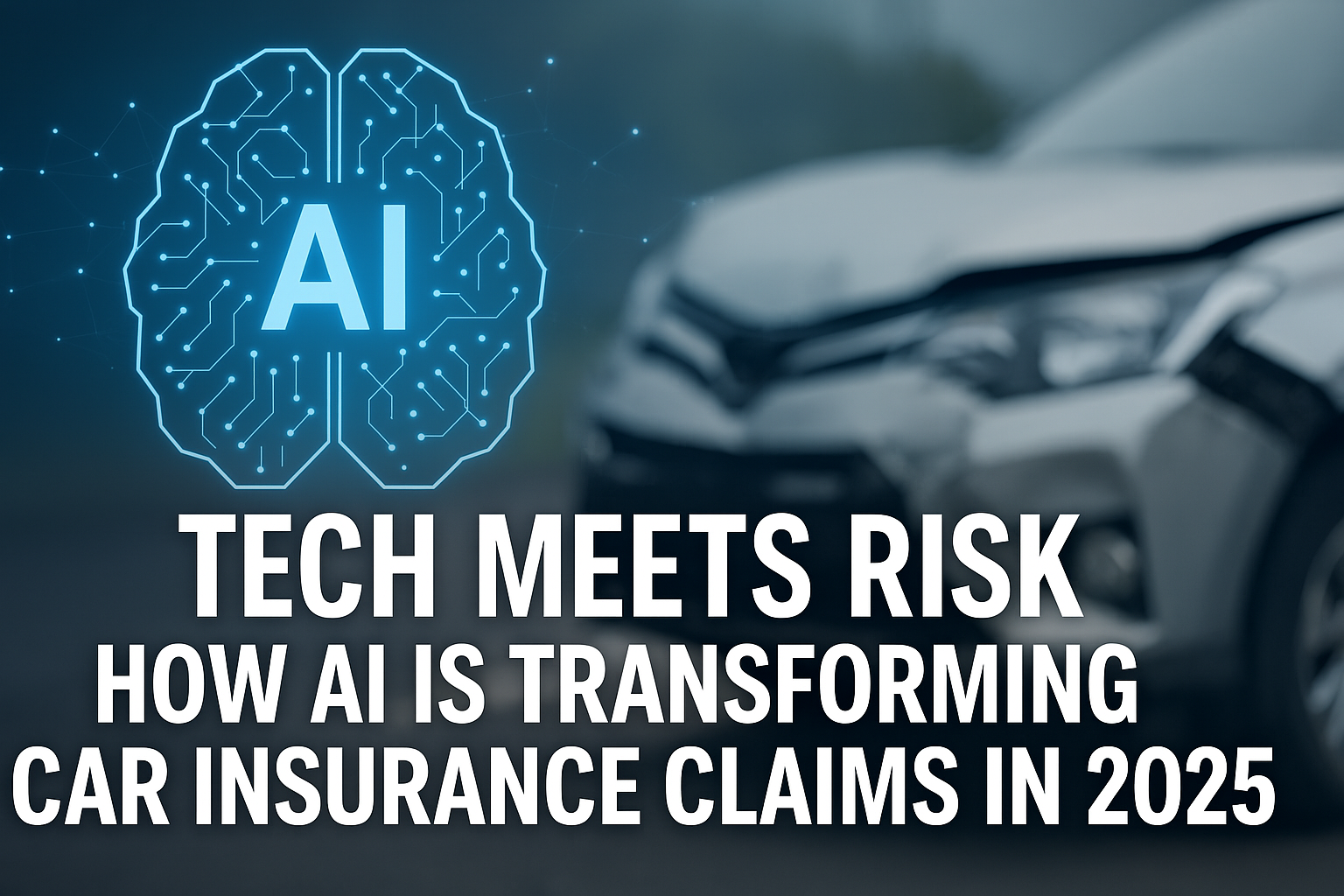
In 2025, artificial intelligence (AI) isn’t just changing how cars drive—it’s reshaping how they’re insured. From instant claims processing to fraud detection, AI is streamlining what was once a frustrating, paperwork-heavy experience for policyholders and insurers alike.
This isn’t the future—it’s already happening. And it’s rapidly becoming the new standard in the $800 billion auto insurance industry.
⸻
1. Instant Claims, Powered by Computer Vision
After a fender bender, you no longer need to wait on hold or schedule an adjuster. Instead, a smartphone photo of the damage is now all it takes. AI-powered systems analyze the image in real time, assess damage severity, and estimate repair costs with surprising accuracy.
Companies like Tractable and CCC Intelligent Solutions have partnered with major insurers to enable instant approvals for low-severity claims—sometimes in under 3 minutes.
⸻
2. AI Chatbots Replacing Call Centers
The once-dreaded customer service call is being replaced by intelligent AI chatbots. These systems can answer policy questions, file claims, and track repair progress—24/7 and without human error. Some insurers even use natural language processing (NLP) to detect emotional tone and prioritize cases where the customer is likely distressed.
Bonus: These bots are multilingual, consistent, and much cheaper to scale—improving both the customer experience and the insurer’s bottom line.
⸻
3. Predictive Analytics and Proactive Claims Prevention
AI doesn’t just react—it predicts. In 2025, leading auto insurers are leveraging predictive models to spot potential risks before they happen. By analyzing driving behavior (from telematics), weather forecasts, and historical patterns, insurers are proactively warning drivers of danger zones and even adjusting coverage levels dynamically.
This shift from claims management to claims prevention is changing how insurers think about risk entirely.
⸻
4. Fraud Detection Gets Smarter—and Faster
Insurance fraud costs the U.S. more than $40 billion annually—and AI is becoming a key weapon in the fight. Machine learning algorithms can now identify subtle anomalies in claim patterns, fake damage photos, or staged accident behaviors.
Insurers like Allstate and GEICO have reduced fraud investigation time by up to 70% using AI-driven alerts and automated audits.
⸻
5. AI in Underwriting: More Data, More Precision
Underwriting used to rely on static factors like age, ZIP code, and credit score. Now, AI taps into real-time driving data, vehicle usage, and even weather-adjusted commuting patterns to personalize policies more accurately than ever.
This results in fairer pricing, better risk segmentation, and more transparent policy structures for consumers.
⸻
Final Thoughts: Insurance Just Got Smarter
In 2025, AI isn’t just a buzzword—it’s at the core of the auto insurance transformation. From faster claims to fewer disputes and smarter pricing, insurers embracing AI are pulling ahead of the competition. For drivers, this means more convenience, speed, and fairness.
As tech meets risk, auto insurance is becoming what it should’ve been all along: clear, efficient, and customer-first.